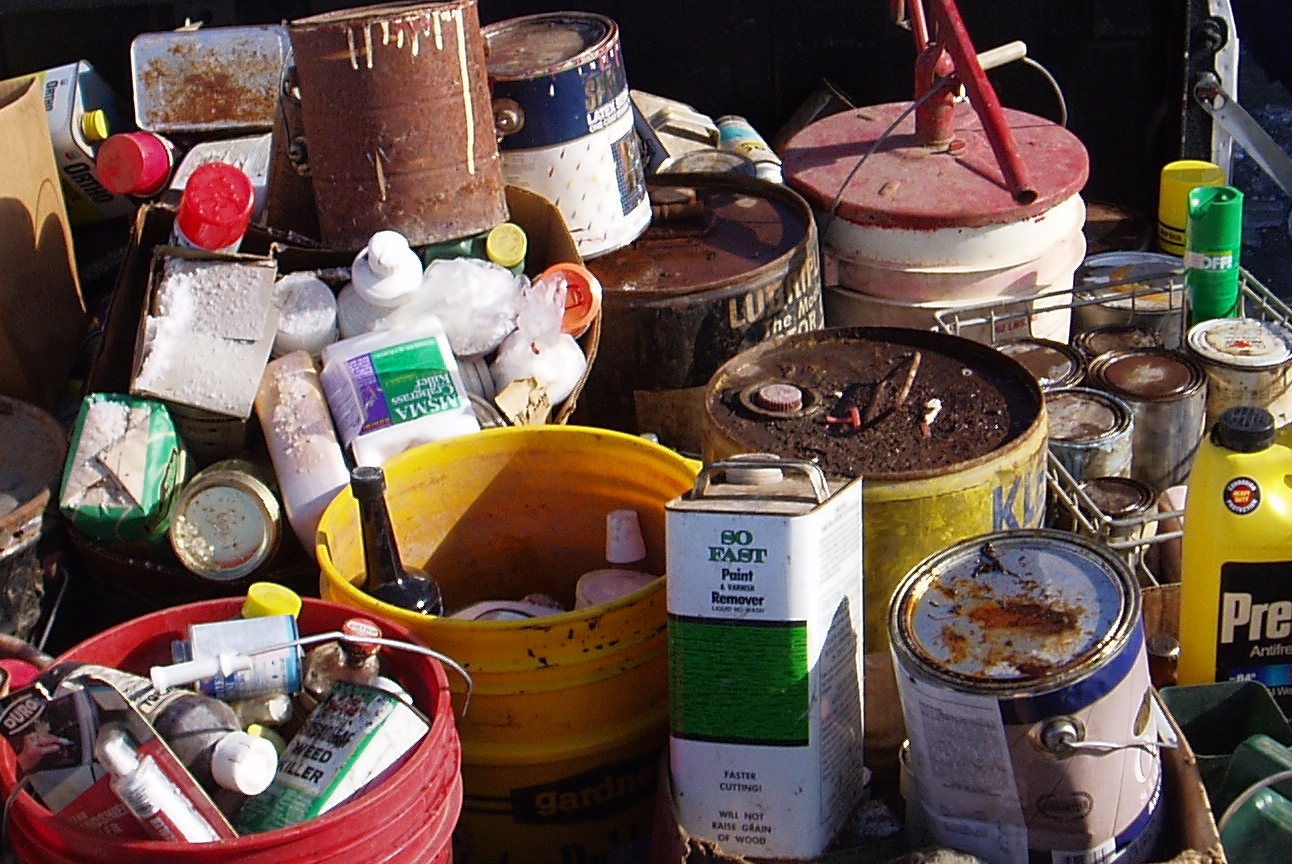If any aspect of your business involves hazardous waste, mishandling its disposal can have serious consequences. Globally, we have already seen significant damage from illegal or simply improper disposal of waste products. In addition to the environmental impacts, mishandling waste disposal poses tremendous risks to workers and the public.
"hazardous waste is a waste with properties that make it dangerous or capable of having a harmful effect on human health or the environment. Hazardous waste is generated from many sources, ranging from industrial manufacturing process wastes to batteries and may come in many forms, including liquids, solids gases, and sludges.”
So, the first thing to bear in mind when dealing with hazardous waste is simply what we learn from its name. Hazardous waste is hazardous - to people, equipment, materials, and the environment. Treat it as such!
Material Safety Data Sheets
Before the hazardous waste is generated in the workplace, the best place to gather information about its disposal is the manufacturer’s Material Safety Data Sheet (MSDS), or Safety Data Sheet (SDS). These documents can be acquired from the producers of the products and contain crucial information about the substances they detail.
For our purposes, the two most important sections on an SDS are:
- Section 12 - Ecological information: How the chemical might affect the environment and the duration of the effect.
- Section 13 - Disposal considerations: Describes safe handling of wastes and methods of disposal, including the disposal of any contaminated packaging.
As helpful as they are, it is very important to understand that these documents are only the starting point for understanding how to dispose of hazardous waste.
Also, be aware that the product's characteristics may change after it has been used. Degreasers, for instance, become mixtures after use and may require different disposal procedures.
Don't Just Dump It Down the Drain
Dumping hazardous materials down the drain is tempting. Once it disappears into the piping system, it's out of sight and out of mind. But that doesn't mean it's without consequences. In fact, it might even be deadly.
Hazardous waste, especially chemical wastes, can react with the materials that piping systems are made of, causing failures over time. It can also react with the water that makes up a large portion of normal sewage or with the myriad variety of the contents of the sewage.
Then consider the downstream impacts, on wastewater processing facilities, holding facilities, settling ponds, containment materials, and the environment itself.
And if you still think you can dump into sewer systems with impunity, be aware that the technology exists and is in common use for tracking, in, for example, a city’s sewer system - specifically, where it came from.
Be Mindful of Your Jurisdiction
Hazardous waste can only be disposed of according to the law, and there are significant differences across jurisdictions.
Let's take a short trip down the "cradle to grave" reality of hazardous waste disposal.
Cradle to grave means that you, as the generator of hazardous waste, are responsible for that waste for the entire cycle of its existence. In some cases, forever (think of spent fuel rods from reactors, for example).
Organizations can and do transfer the disposal of hazardous wastes to companies that are in that business. This process, however, has its own set of practicalities that require you to be very careful when selecting who handles the disposal for you.
Legally speaking, it will always come back to you. As the generator of the waste, you are fully responsible for its disposal.
Bomb-Proof Your Disposal Contracts
When you hire a firm to dispose of fo your hazardous waste, make sure the contract you sign with them is bomb-proof. Otherwise, if things blow up, you'll be the one who deals with the fallout.
Make sure that you're not taking on liabilities when the waste is transferred to the firm. Disposing of hazardous waste is expensive but the cost of improper disposal is worse - so make sure the contract language is clear and air-tight.
Establish a Hazardous Waste Disposal Safety System
Last, the disposal of hazardous waste requires a safety system. Some of the elements of that system include:
- A hazardous materials inventory and a hazardous materials use inventory
- Transportation, storage and decanting, labeling
- Response (exposure and spill control)
- Use of PPE
- Documentation and due diligence
- Basic industrial hygiene practices
- Oversight by OHS, industrial hygiene, and legal professionals
- Education, training, inspections, and audits
- WHMIS
- All elements referenced on an SDS
Be sure to consult ISO 14001 and environmental protection legislation to make sure you fully understand the disposal procedures and your responsibilities.
Last Words
Here are five final points to tie it all together.
- Hazardous waste is hazardous - to people, equipment, materials, and the environment. Always treat it as such.
- Reference the Safety Data Sheet before purchasing a product. Understand that its properties may change after it's been used and may need to be disposed of differently.
- Jurisdiction matters when disposing of hazardous waste - make sure you are compliant with yours.
- You are legally responsible for all the hazardous waste you create, even after it leaves your facility.
- You need a management system devoted to hazardous waste disposal.
Managing the disposal of hazardous waste, or all waste for that matter is one of the most critical aspects of your operation. Doing it improperly can impact your business, your reputation, and your future. Getting it wrong is not an option, so take all the steps you need to get it right.

Post a Comment